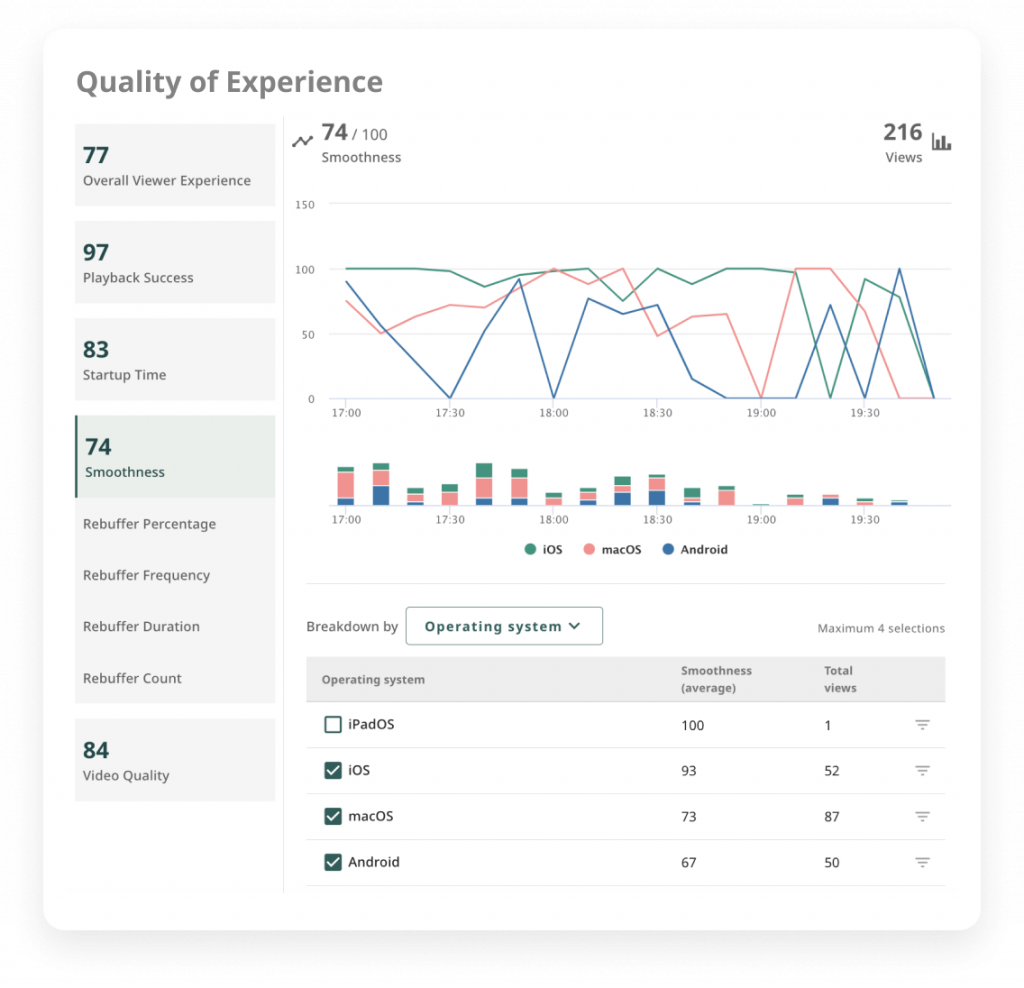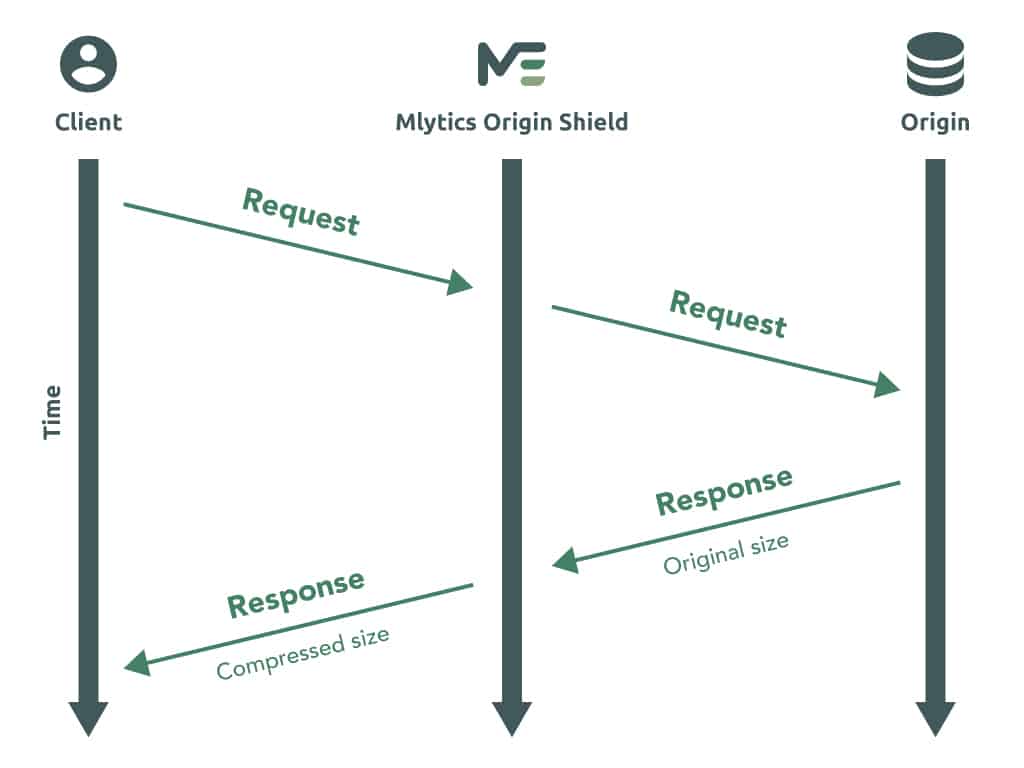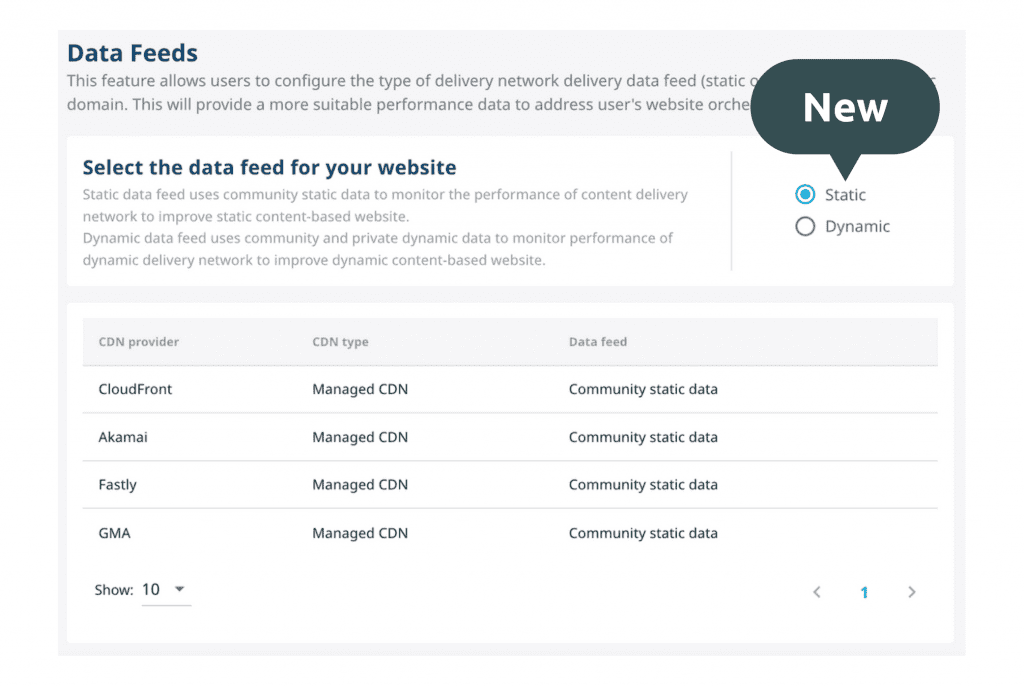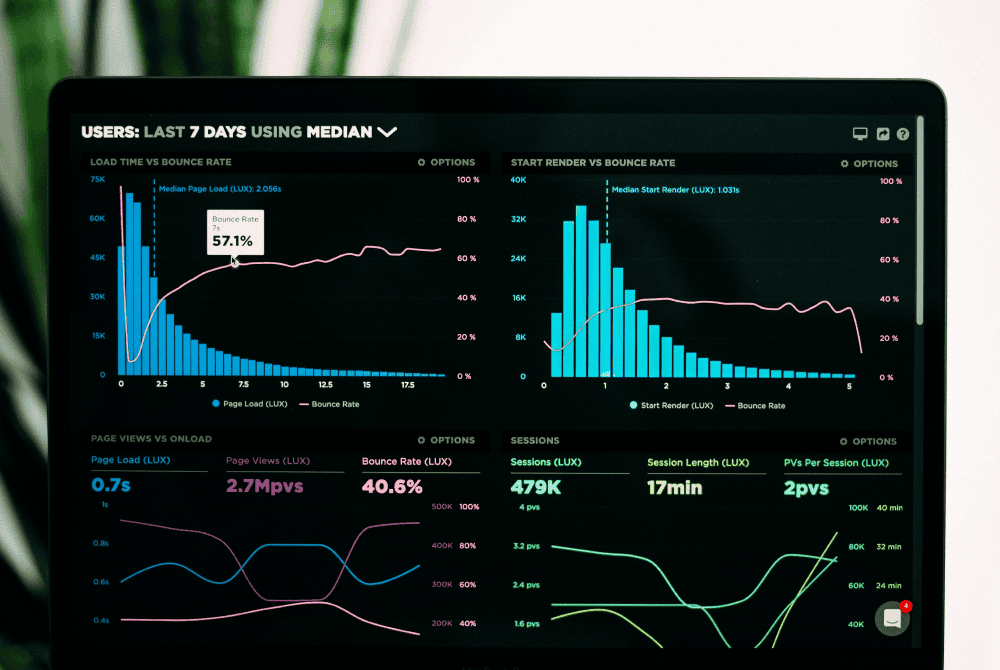This post is also available in: 简体中文
Welcome to the era of data-driven decisions, where numbers, patterns, and insights are shaping the future of video content. If you’ve ever wondered why another streaming platform seems to know exactly what viewers want to watch next, or how they manage to create shows that perfectly cater to their tastes, you’re about to embark on an enlightening journey.
Video analytics and intelligence have become the secret sauce in the recipe for successful content strategy. It’s like having a crystal ball that doesn’t just predict the future but helps shape it. This isn’t about taking wild guesses or relying on gut feelings. It’s about harnessing the power of data to make informed decisions that resonate with viewers and drive engagement.
Every click, every view, every pause, and every skipped episode is a piece of the puzzle. These seemingly insignificant actions are, in fact, valuable data points that, when analyzed collectively, reveal patterns and trends in viewer behavior and preferences. This information is then used to guide the creation and curation of video content, ensuring that what viewers see on their screen is not just entertaining, but also tailored to their tastes.

But it’s not just about keeping viewers hooked. It’s also about pushing the boundaries of creativity and innovation. With video analytics and intelligence, video content creators are able to explore new genres, experiment with unconventional storytelling techniques, and take risks that they might not have considered otherwise. It’s a win-win situation: viewers get to enjoy the video content that resonates with them, and creators get to express their creativity in ways that are likely to be well-received.
The role of data analytics in video streaming
Imagine being able to systematically record all the viewing preferences of the customers for your movie theater, you’ll have a better understanding of which film has a better chance of selling and gives you better leverage over film studios when negotiating placement. That’s the power of data analytics in video streaming.
By analyzing viewer behavior and preferences, streaming platforms can curate a personalized library of video content for each user. This isn’t just about making recommendations; it’s about creating a unique viewing experience that keeps users coming back for more.
But the influence of data analytics extends beyond personalization. It also plays a crucial role in video content creation. By analyzing trends and patterns in viewer behavior, platforms can identify what types of video content are likely to be successful and further monetize it.
Data analytics also helps optimize the technical performance of streaming platforms. By monitoring data on streaming quality, buffering times, and device usage, platforms can identify and address technical issues, ensuring a smooth and enjoyable viewing experience for users.
Influencing content strategy: the power of data
In the realm of video streaming, data is transforming the way video content is created, curated, and delivered. At the heart of this transformation is the ability to understand and predict viewer behavior.
By analyzing data on viewing habits, preferences, and engagement, streaming platforms can gain valuable insights into what viewers want. This isn’t just about knowing which genres are popular or which actors are in demand. It’s about understanding the subtle nuances of viewer behavior, from the themes that resonate with different demographics to the narrative structures that keep viewers hooked.
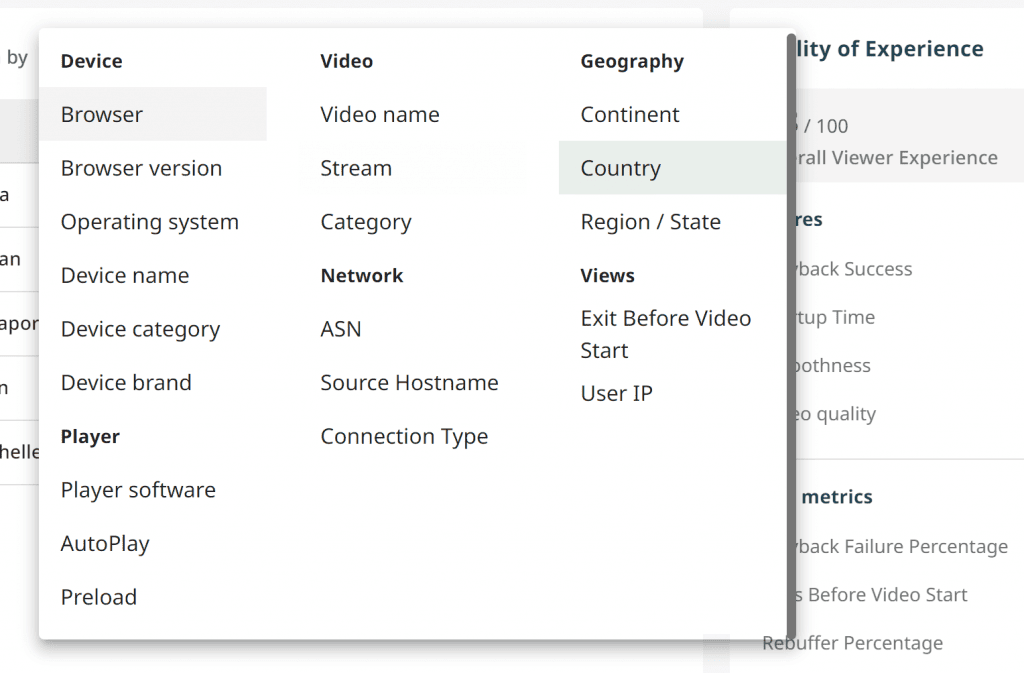
These insights can then be used to guide content strategy. For example, if data shows that viewers are more engaged with character-driven dramas than plot-driven ones, a platform might decide to invest in shows that focus on character development. Or if data reveals that viewers are more likely to binge-watch shows with cliffhanger endings, writers might be encouraged to incorporate more suspenseful elements into their scripts.
But the power of data extends beyond the creation of video content. It also influences how video content is distributed and promoted. By analyzing data on viewing times, platforms can determine the optimal times to release new episodes. Similarly, by examining data on social media engagement, they can identify the most effective channels for promoting new shows.
Success stories in the streaming industry
In the world of video streaming, data-driven decision-making isn’t just a theory—it’s a proven content strategy that has led to some remarkable success stories. Let’s take a closer look at a couple of examples.
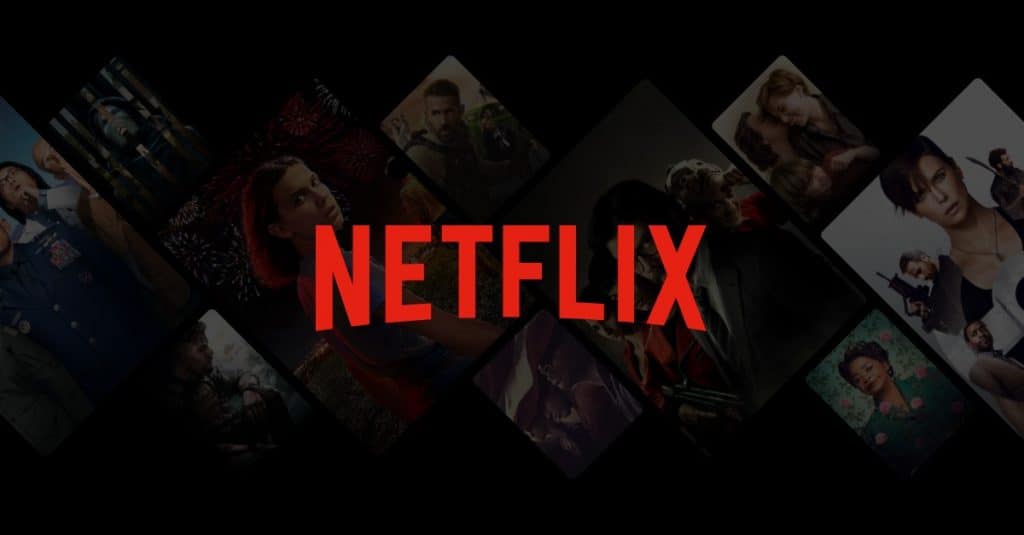
First up is the juggernaut of streaming, Netflix. Their data-driven approach to video content creation led to the production of “House of Cards,” their first original series. By analyzing user data, Netflix discovered that their viewers loved political dramas, were fans of actor Kevin Spacey, and enjoyed the work of director David Fincher. Armed with these insights, they confidently invested in “House of Cards,” which turned out to be a massive hit and set the stage for a whole new era of Netflix Originals and boosted their subscriber growth.

Another success story comes from Spotify, a music streaming platform that has mastered the art of personalized recommendations. By analyzing data on listening habits, they’re able to curate personalized playlists for each user, a feature that has been a major driver of their growth. But they didn’t stop there. They also used data analytics to launch “Spotify Wrapped,” an annual summary of each user’s listening habits that has become a cultural phenomenon and a marketing masterstroke.
The Impact on viewers and content creators
The symbiotic relationship between viewers and video content creators is at the heart of the video streaming industry. It’s a dance of give-and-take, where each party influences and is influenced by the other. And in this dance, data analytics is the choreographer.
For content owners, data analytics provides valuable insights that can guide the creative process. By understanding what viewers want, creators can craft stories that resonate with their audience. This doesn’t mean pandering to the lowest common denominator; it means using data to inform creative decisions and produce video content that is both engaging and meaningful.

For viewers, the impact of data analytics is most evident in the personalized viewing experience. By analyzing viewer behavior and preferences, streaming platforms can curate video content that aligns with individual tastes. This means less time spent scrolling through endless options and more time enjoying video content that resonates. It’s like having a personal concierge who knows your tastes and handpicks video content just for you.
But the benefits extend beyond personalization. By using data to guide video content creation, streaming platforms can produce shows and movies that push the boundaries of creativity and innovation. This means more diverse video content, more unique storytelling, and more opportunities for viewers to discover something new and exciting.
Future trends in data-driven content strategy
As we look to the future, it’s clear that data analytics will continue to play a pivotal role in shaping the landscape of video streaming. But as technology evolves and viewer behavior changes, so too will the ways in which data is used to inform video content strategy. Here are a few trends to watch out for.
Firstly, we can expect to see even more personalization. As data analytics techniques become more sophisticated, streaming platforms will be able to create increasingly personalized viewing experiences. This could involve everything from personalized trailers that highlight aspects of a show that a particular viewer is likely to enjoy, to dynamic video content that adapts in real-time based on viewer feedback.
Secondly, we’re likely to see more experimentation with video content formats. By analyzing viewer behavior, platforms can identify opportunities to innovate and take risks with their video content. This could lead to the emergence of new formats and genres, pushing the boundaries of what’s possible in video streaming.
Finally, as data privacy becomes an increasingly important issue, we can expect to see a greater focus on ethical data use. This will involve not just complying with data protection regulations, but also being transparent with viewers about how their data is being used and giving them control over their own data.
Embracing data intelligence in video streaming
As we’ve journeyed through the world of data analytics in video streaming, one thing is clear: embracing data intelligence is no longer an option—it’s a necessity. In an industry where viewer preferences are constantly evolving, the ability to understand and anticipate these changes is a game-changer.
The benefits of data intelligence are manifold. From creating personalized viewing experiences to guiding video content creation, data analytics provides the insights needed to make informed decisions and stay ahead of the curve. It’s the tool that turns a sea of data into a roadmap for success.
Embracing data intelligence in video streaming is about more than just improving the bottom line. It’s about creating a viewing experience that resonates with viewers, keeps them engaged, and makes them feel seen and understood. It’s about using data not just to understand what viewers want, but also why they want it.

As we look to the future, the potential of data-driven content strategy is vast and exciting. It’s a journey of discovery, innovation, and growth. And as we navigate this journey, one thing is certain: data will be our guide.
